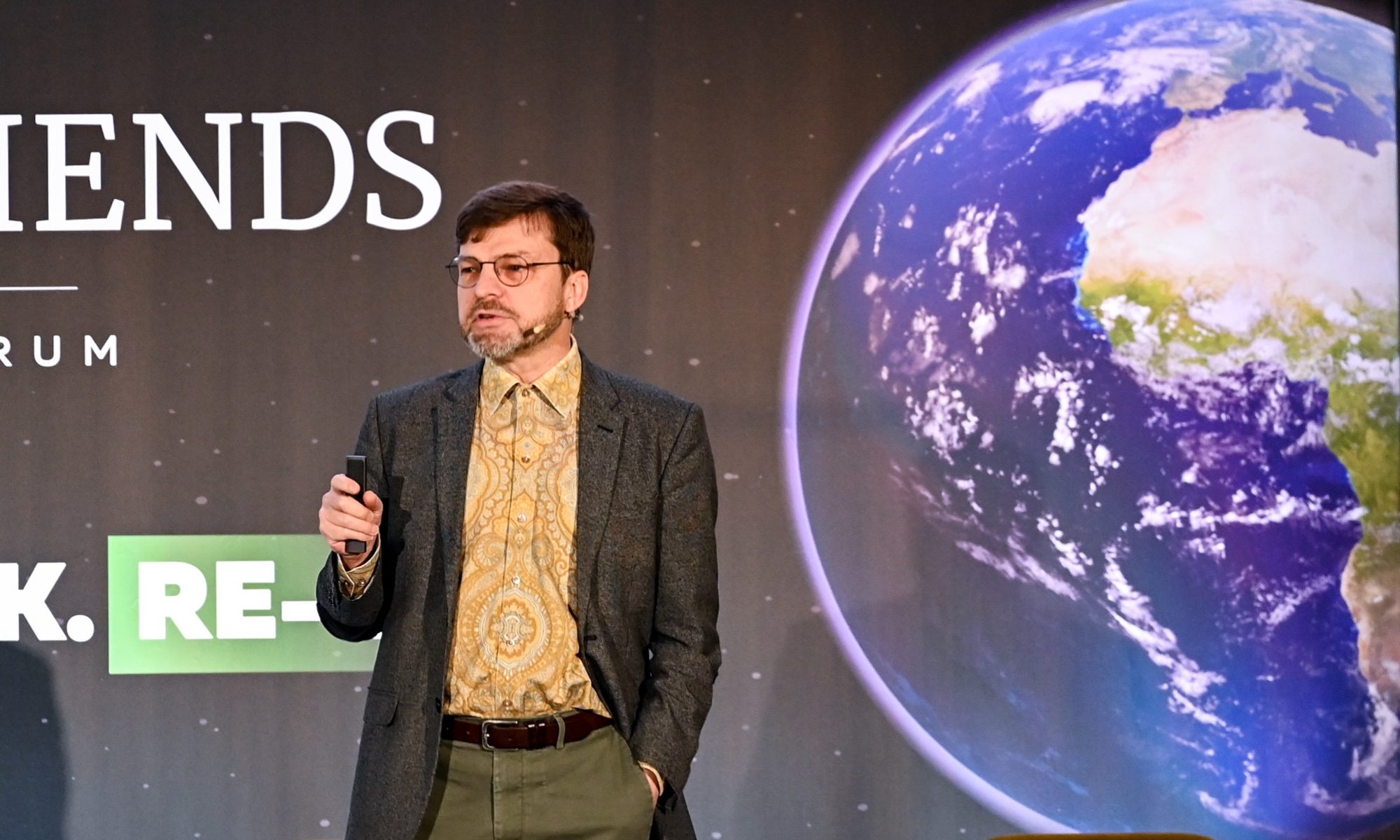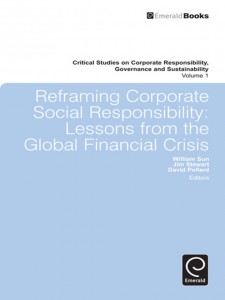30 May 2010
Peking University campus – There is a large lake about 5 minutes walk away, where I plan to walk (or maybe even jog!) every day. There are also several sculptures that I am taking pictures of.
I once started a university course in Mandarin. I never got very far, but it is an indication of how long I have been fascinated with Chinese culture, and in love with its written language. To me, the script is like art. The closest thing to a religion that I align myself with these days is Taoism – the ancient Chinese philosophy of harmony and balance. The Tao Te Ching by Lao Tzu is poetry and wisdom combined.
I think the West is far too judgemental of China. No doubt, there are some policies that we would find difficult, but what I see is an emerging nation, full of dynamism and progress, including on many social, environmental and ethical issues. Just this morning, I read in the paper that new regulations make evidence obtained under duress inadmissible in court.
There’s a palpable sense here that the only way is up, that the future is all to play for and that a combination of vision, national pride and hard work make all dreams possible. It all seems rather familiar – the same sort of ideals that built the American Dream. The 21st century will be the century of the Chinese Dream.
02 June 2010
One of the things I love about the Chinese is that they value the artistic side of life. And not just paintings and sculptures. They see art in nature. For example, in many temples and palaces, they will simply frame a slab of marble stone with a beautiful pattern, or erect an interesting stone formation as a sculpture, or even just create a window frame with a view onto a tree or garden.
06 June 2010
It is Sunday, my last ‘free’ day before my workshop tomorrow. Last night, it was good to get off the campus and into the city. The underground is excellent – very clear and simple, with constant updates. The trains have electronic maps of the tube lines, where a flashing red dot and a green arrow tell you exactly where you are and the direction you are travelling. And it is ‘cheap as chips’ – about 20p to travel anywhere in the city. Even the taxis are cheap – about £5 to go from the centre to the outskirts of the city (and Beijing is bigger than London).
After a British embassy event choral event, I went on with some friends to the ‘Stone Boat’ bar, a beautiful bar/restaurant in the middle of a park, overlooking a lake and literally on a stone boat. Stone boats are an ancient tradition of the emperors of China. After that, we went to a jazz club with live music, then I took a taxi back to the campus.
It is interesting to see how many Westerners are moving to China – many of them permanently. Clare is English and has been here about 7 years. In our group were also two Americans, one Canadian and a Pakistani. It is testimony, I think, to the fact that China is seen by many as ‘the brave new world’ – the superpower of the future.
I have been very content here in Beijing and I could easily spend a month here, just writing, walking around the lakes and parks and occasionally heading into the city for a change of scenery. There are some amazing buildings downtown, many of which were built in preparation for the 2008 Olympics. From what I can gather, the Olympics had a dramatic positive effect, not only in improving infrastructure and public transport, but also in reducing pollution and opening up to Western ideas.
Tomorrow night, I take the overnight train to Shanghai, sharing a compartment of four. I am looking forward to it. It brings back memories of the two day train my sister and I took a few times from Cape Town to Bulawayo. There is something wonderful about watching the world speeding by outside the window, having time to read, falling asleep to the clickety-clack gentle sway of the train.
10 June 2010
My time in Shanghai and China has been all too brief. There is so much to see and explore that I expect I will keep coming back for the rest of my life, especially given my interest and affinity for the culture.
Yesterday, I did a video interview with Jacylyn Shi, one of my hosts here. We found a quiet park near the venue for my talk to do it. Then it turned out that a man was doing Tai Chi in the background while I was filming – just wonderful! After the interview, we were walking through the park and we saw the Tai Chi man again. So Jacylyn asked him to teach me some Tai Chi moves. She took some photos of me looking very clumsy trying to copy him, but it was an unexpected and delightful experience.
Of course, Shanghai is not only ancient but rapidly turning into one of the most modern cities in the world. Some people say it lacks soul and that it is too commercial – all brands and no substance. But I like it – it’s vibrant and constantly changing.
The Expo was just a glimpse into what is possible in this city now. There were some fabulous buildings and exhibits, even though I only saw about a quarter of the Expo site. It is probably no coincidence that the quietest pavilions were the eco-design ones, while the oil and Cisco (technology) displays were among the most popular. Some, like the China and Saudi pavilions had 7 hour ques! I’m not sure any exhibit is worth such a long wait, but it just shows the excitement and thirst for new experiences among the Chinese. The Expo is getting 500,000 people a day!
Share This Page











